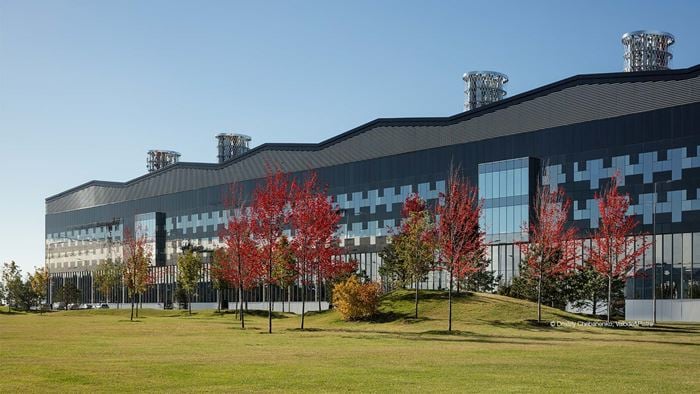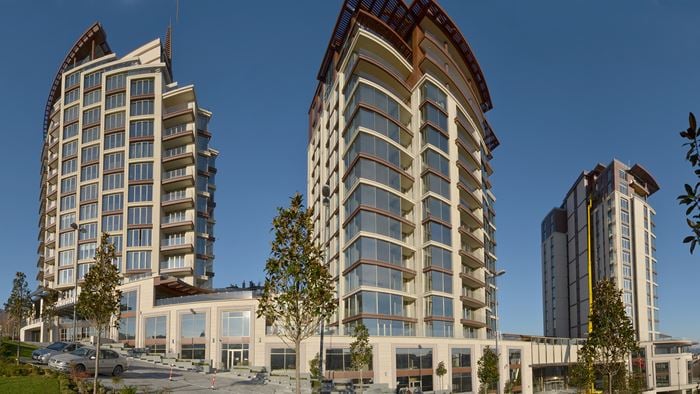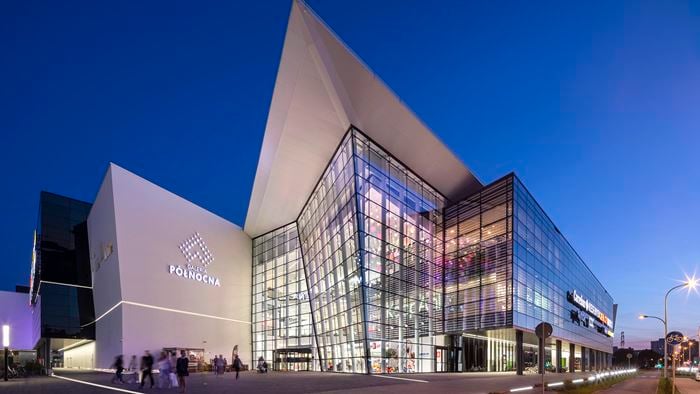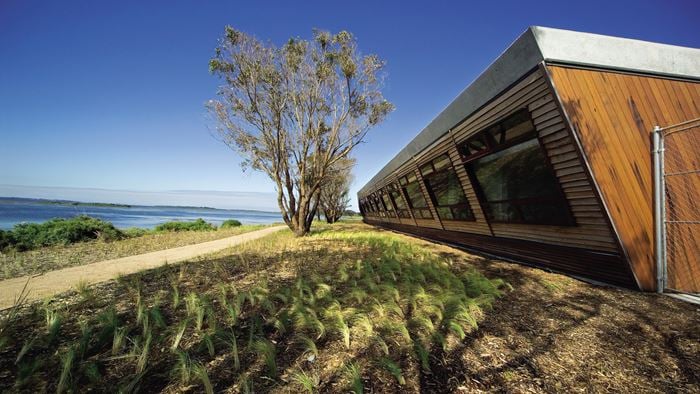This large brownfield redevelopment leads the regeneration of a neglected area of central London. The brightly coloured, ceramic façade building is Renzo Piano Building Workshop's first completed project in the UK.
The mixed-use space includes 37,000m2 of offices and over 100 apartments – set around a new public square with cafes, restaurants and retail units.
Arup provided services including structural engineering, building services, fire engineering, geotechnics, transport planning and acoustics. The development also made innovative use of 3D building modelling technology.
Sustainability
The high-performance façade is part of a highly-sustainable design, engineering by Arup to meet the client's brief for high-quality, high-performance offices. The low-energy building has strong sustainability credentials. It achieves BREEAM Excellent standards, and Energy Performance Certificate B rating and a 35% improvement on code energy efficiecy requirements.
Central St Giles is one of the first city centre projects with a site-wide biomass heating system. There are also extensive green roofs and recycling of rainwater and grey water.
Project Summary
37,000m2 of office space
100apartments
BREEAMExcellent standards
Modelling technology
3D computer modelling was used extensively. Models helped to coordinate building services and structural engineering, improve collaboration between teams and solve problems dynamically using regular 3D fly-throughs.
With the proposed Crossrail route crossing one corner of the site, 3D models helped to design the congested and complex basement efficiently.
Errors and costly changes were minimised and optimum use of space made possible, placing Arup at the forefront of this technology and its application.
Models were shared with contractors to ease the transition from design to construction.
The challenges of a complex basement
A basement containing plant, parking, cycle storage and ‘back of house’ functions covers the entire site. The proposed Crossrail route also crosses one corner, posing further structural and spatial challenges.
The basement box and residential buildings have a concrete frame, supporting the steel-framed office building above.
The entire concrete and steel structure and the majority of the building services were modelled in 3D software from the start of the project.
This enabled close coordination and space optimisation in the complex and congested basement. Reinforced concrete transfer walls are used to cantilever the building out over Crossrail – designed to allow the building services plant to be located in the basement. Building services cannot be placed on the roof for planning reasons.
The Crossrail route was included in 3D models to assist in planning and illustrate how the building overcomes the challenges of the complex basement.
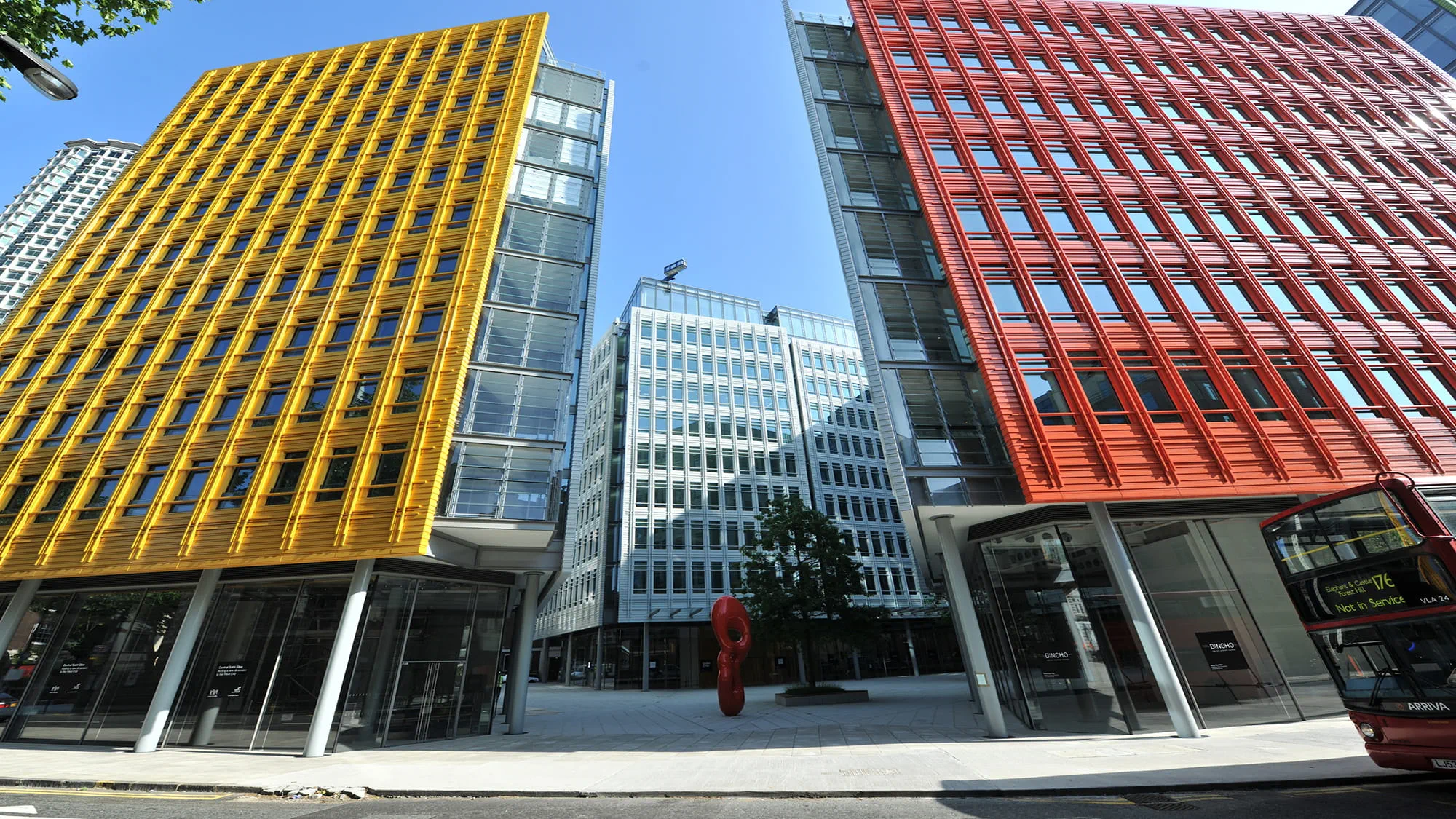
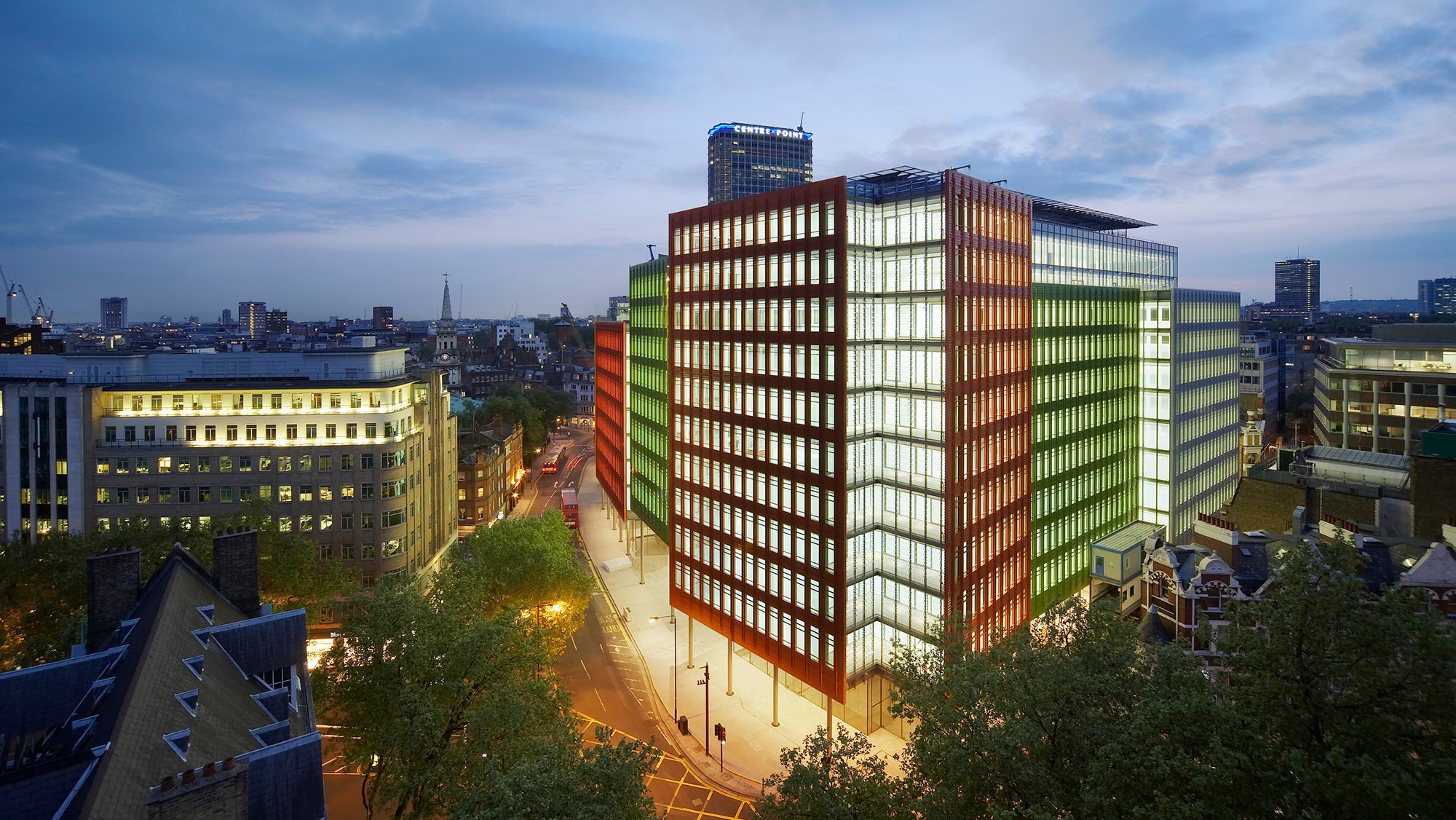 ;
;

